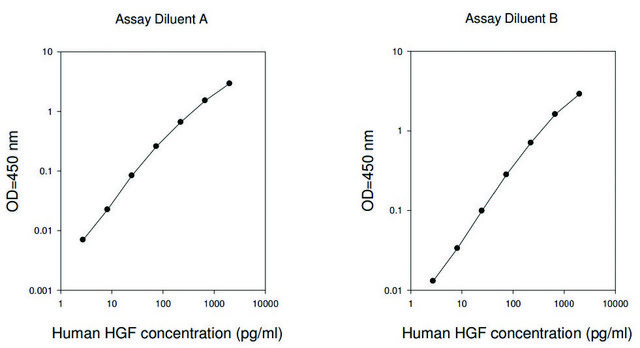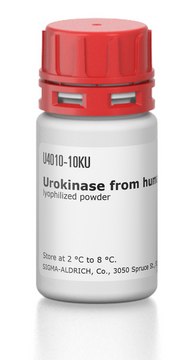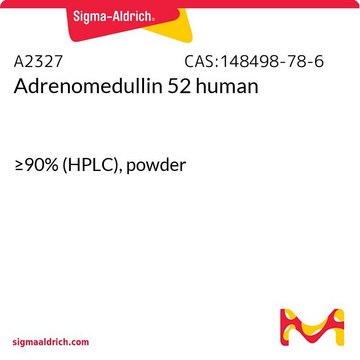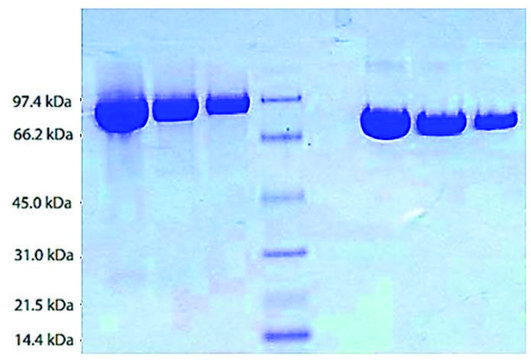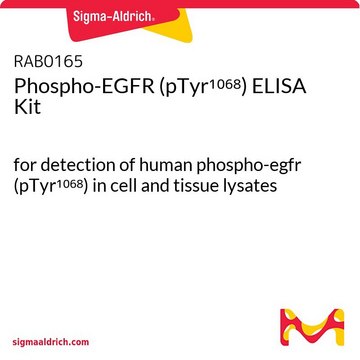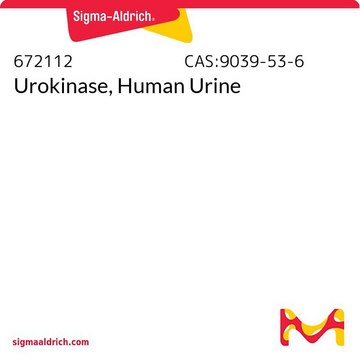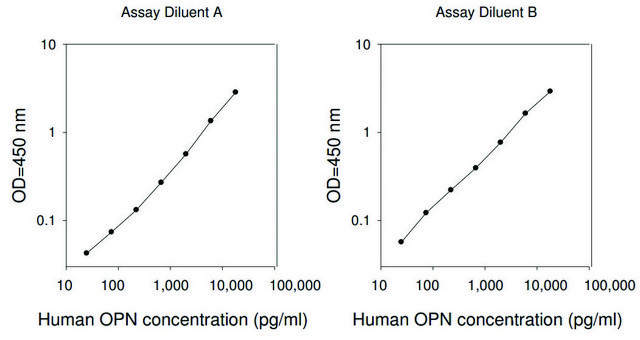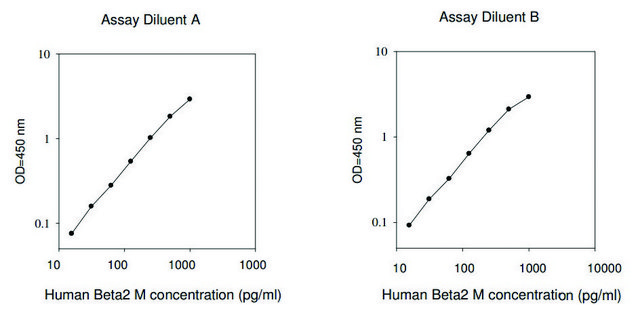RAB0555
Human PLAU / Urokinase-type Plasminogen Activator ELISA Kit
for serum, plasma, cell culture supernatants and urine
Synonym(s):
PLAU ELISA Kit, Urokinase Detection Kit
Sign Into View Organizational & Contract Pricing
All Photos(1)
About This Item
UNSPSC Code:
41116158
NACRES:
NA.32
Recommended Products
species reactivity
human
packaging
kit of 96 wells (12 strips x 8 wells)
technique(s)
ELISA: suitable
input
sample type urine
sample type plasma
sample type serum
sample type cell culture supernatant(s)
assay range
inter-assay cv: <10%
intra-assay cv: <12%
sensitivity: 10 pg/mL
detection method
colorimetric
shipped in
wet ice
storage temp.
−20°C
Gene Information
human ... PLAU (5328)
General description
The antibody pair provided in this kit detects Human uPA in serum, plasma, cell culture supernatants, and urine.
Application
For research use only. Not for use in diagnostic procedures.
Please refer to the attached General ELISA KIT Procedure (sandwich, competitive & Indirect ELISA)
Please refer to the attached General ELISA KIT Procedure (sandwich, competitive & Indirect ELISA)
Other Notes
A sample Certificate of Analysis is available for this product.
Please type the word sample in the text box provided for lot number.
Please type the word sample in the text box provided for lot number.
Kit Components Also Available Separately
Product No.
Description
SDS
Signal Word
Warning
Hazard Statements
Precautionary Statements
Hazard Classifications
Met. Corr. 1
Storage Class Code
8A - Combustible corrosive hazardous materials
Flash Point(F)
Not applicable
Flash Point(C)
Not applicable
Regulatory Information
新产品
Choose from one of the most recent versions:
Already Own This Product?
Find documentation for the products that you have recently purchased in the Document Library.
Maxim Karagyaur et al.
The Journal of pharmacology and experimental therapeutics, 372(3), 248-255 (2020-01-01)
Timely nerve restoration is an important factor for the successful regeneration of tissues and organs. It is known that axon regeneration following nerve injury is a multifactorial process that depends on the local expression of neurotrophins, including brain-derived neurotrophic factor
Christel Vangestel et al.
Contrast media & molecular imaging, 11(6), 448-458 (2016-08-26)
Urokinase-type plasminogen activator (uPA) and its inhibitor PAI-1 are key players in cancer invasion and metastasis. Both uPA and PAI-1 have been described as prognostic biomarkers; however, non-invasive methods measuring uPA activity are lacking. We developed an indium-111 (
Pierre-Emmanuel Morange et al.
PLoS genetics, 17(1), e1009284-e1009284 (2021-01-20)
Rare variants outside the classical coagulation cascade might cause inherited thrombosis. We aimed to identify the variant(s) causing venous thromboembolism (VTE) in a family with multiple relatives affected with unprovoked VTE and no thrombophilia defects. We identified by whole exome
L A Miles et al.
Journal of thrombosis and haemostasis : JTH, 16(5), 919-932 (2018-03-02)
Essentials Plg-RKT-/- female mice give birth, but no offspring of Plg-RKT-/- female mice survive to weaning. Causal mechanisms of potential lactational failure in Plg-RKT-/- mice are unknown. Plg-RKT regulates extracellular matrix remodeling, cell proliferation, apoptosis, fibrin surveillance. Plg-RKT is essential
Maggie J Westby et al.
The Cochrane database of systematic reviews, 9, CD012841-CD012841 (2018-09-02)
Venous leg ulcers (VLUs) are a common type of complex wound that have a negative impact on people's lives and incur high costs for health services and society. It has been suggested that prolonged high levels of protease activity in
Our team of scientists has experience in all areas of research including Life Science, Material Science, Chemical Synthesis, Chromatography, Analytical and many others.
Contact Technical Service